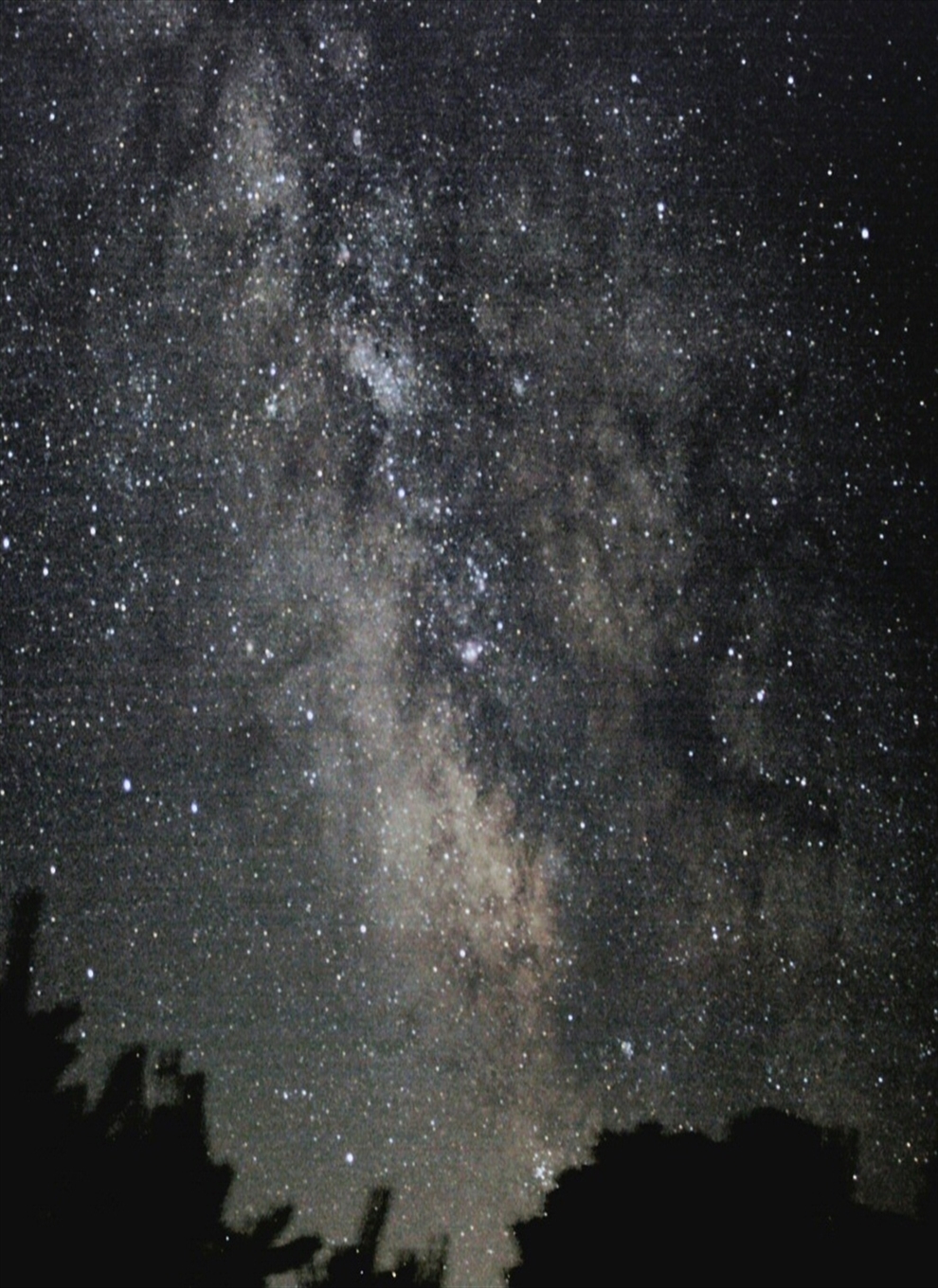

Charleston Lake
Astronomical

Imaging the Night Sky from Ontario Canada

Digital SLR Camera - Astro

Canon EOS-60D DSLR
Years ago, most amateur astronomy images were captured on film, through a SLR camera. Today, Digital SLR and Mirrorless cameras can also be used for astronomical imaging.
There is one issue, because the camera is designed primarily for daytime / terrestrial use, there is a filter internally that helps daylight color balance, but it blocks some wavelengths that are critical for nebula imaging. Hydrogen Alpha in particular, at 656nm wavelength.
For this reason, our Canon EOS60D has an internal filter removed for astrophotography. The Infrared filter (LPF-1) remains in place, to avoid bloated stars. Only the LPF-2 filter is removed.
Years ago, most amateur astronomy images were captured on film, through a SLR camera. Today, Digital SLR and Mirrorless cameras can also be used for astronomical imaging.
There is one issue, because the camera is designed primarily for daytime / terrestrial use, there is a filter internally that helps daylight color balance, but it blocks some wavelengths that are critical for nebula imaging. Hydrogen Alpha in particular, at 656nm wavelength.
For this reason, our Canon EOS60D has an internal filter removed for astrophotography. The Infrared filter (LPF-1) remains in place, to avoid bloated stars. Only the LPF-2 filter is removed.

The EOS60D is an 18.1megapixel CMOS camera, with 4.3um pixel size. The frame is APS-C size.
It can be used with various lenses for widefield imaging, but also, with a 2" T-Ring, connected onto the back of the telescopes for "Prime Focus" imaging.
While it is not cooled, the thermal noise is kept low with shorter exposure sub-frames than with a CCD camera. More of the shorter sub-frames are stacked, for a long exposure image.
See below for one of our DSLR images, M42 Orion
It can be used with various lenses for widefield imaging, but also, with a 2" T-Ring, connected onto the back of the telescopes for "Prime Focus" imaging.
While it is not cooled, the thermal noise is kept low with shorter exposure sub-frames than with a CCD camera. More of the shorter sub-frames are stacked, for a long exposure image.
See below for one of our DSLR images, M42 Orion
M42 - The Orion Nebula, with a EOS60D DSLR
Copyright 2021 CLAstronomical
